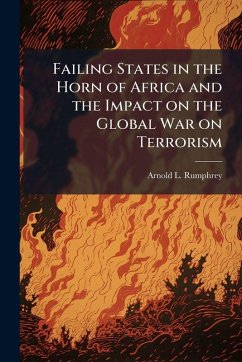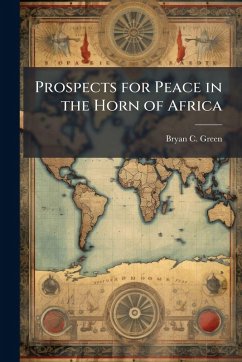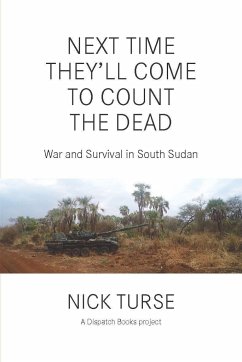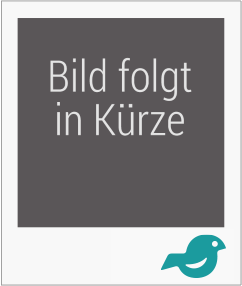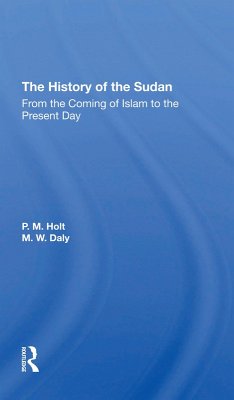
The Ogaden Insurrection

PAYBACK Punkte
7 °P sammeln!
Will Ethiopia become the next Somalia? The African continent consists of many fragile regions considered vulnerable to Islamist extremism due to an array of social, political, and economic factors combined with a substantial Muslim population. Somalia is a prime example of a failed state plagued by vulnerabilities that were successfully exploited by radical Islamist extremists. Somalia's fate contributed to growing concern that Ethiopia's current state of affairs, combined with an ongoing insurrection led by the Ogaden National Liberation Front (ONLF), might provide an opening for Islamist ext...
Will Ethiopia become the next Somalia? The African continent consists of many fragile regions considered vulnerable to Islamist extremism due to an array of social, political, and economic factors combined with a substantial Muslim population. Somalia is a prime example of a failed state plagued by vulnerabilities that were successfully exploited by radical Islamist extremists. Somalia's fate contributed to growing concern that Ethiopia's current state of affairs, combined with an ongoing insurrection led by the Ogaden National Liberation Front (ONLF), might provide an opening for Islamist extremism in that country. The application of analysis methodology from a recognized expert in counterinsurgency reveals that Ethiopia is not likely to suffer Somalia's fate. In David Galula's book, Counterinsurgency Warfare, he provides a framework consisting of four prerequisites for analyzing the likelihood of an insurgent victory: a cause, weakness of the counterinsurgent, geographic conditions, and outside support. According to Galula's methodology, the cause and the weakness of the counterinsurgent are absolute must haves, and these two prerequisites are substantially weak areas for the ONLF. Therefore, the strength of the Ethiopian regime, the weakness of the insurgency, and the incompatibility of Islamist extremism with Somali clan life in the Ogaden are among the strongest indicators that Islamist extremism is unlikely to gain significant influence in the region. This work has been selected by scholars as being culturally important, and is part of the knowledge base of civilization as we know it. This work was reproduced from the original artifact, and remains as true to the original work as possible. Therefore, you will see the original copyright references, library stamps (as most of these works have been housed in our most important libraries around the world), and other notations in the work. This work is in the public domain in the United States of America, and possibly other nations. Within the United States, you may freely copy and distribute this work, as no entity (individual or corporate) has a copyright on the body of the work. As a reproduction of a historical artifact, this work may contain missing or blurred pages, poor pictures, errant marks, etc. Scholars believe, and we concur, that this work is important enough to be preserved, reproduced, and made generally available to the public. We appreciate your support of the preservation process, and thank you for being an important part of keeping this knowledge alive and relevant.



